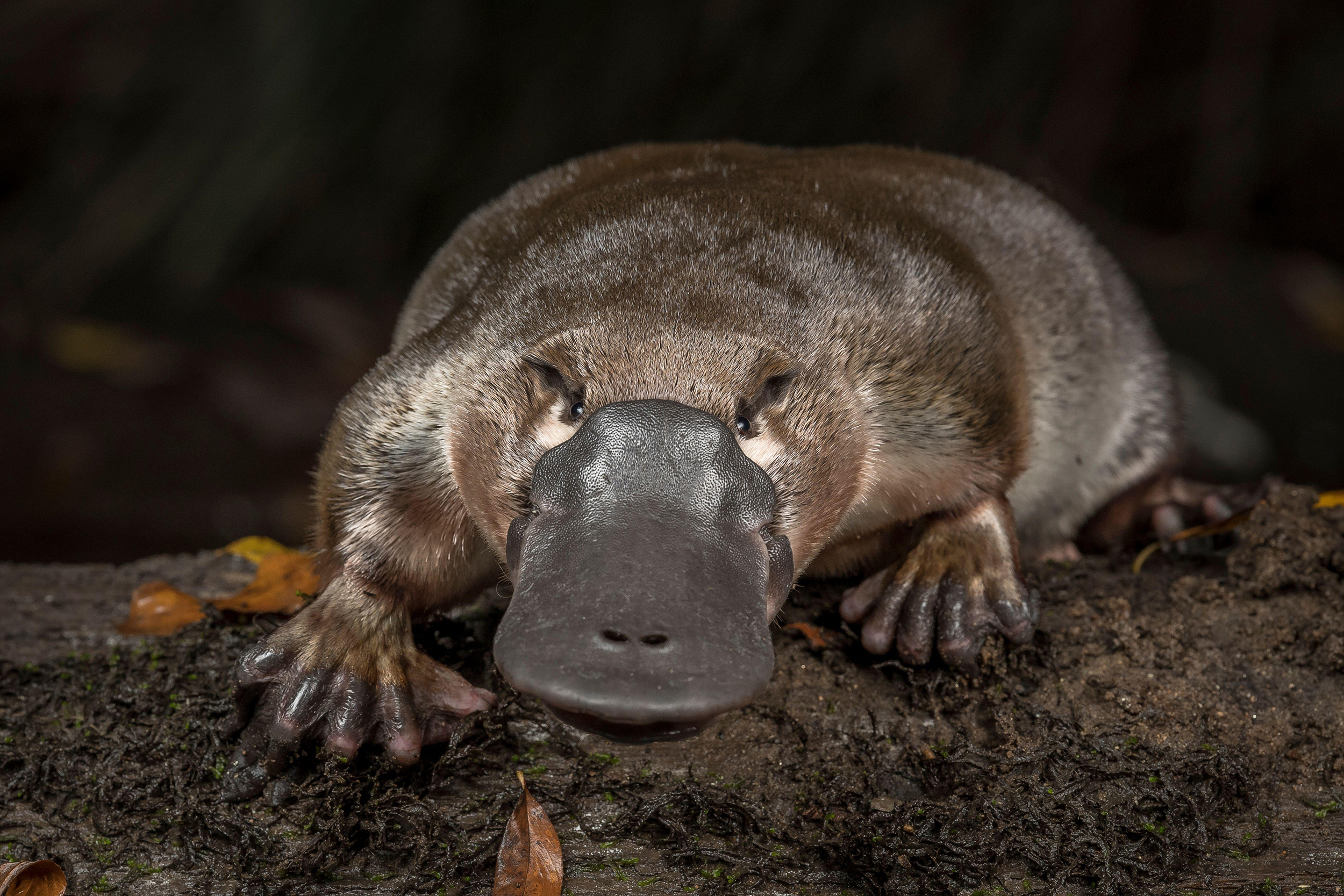

Platypus and echidna spermatozoa are very similar to typical reptilia and avian spermatozoa ( Fig. 6(a) Carrick and Hughes, 1982). Monotremes diverged from the other two groups of mammals about 166 million years ago (Mya Warren et al., 2008) and display their reptilian/sauropsid ancestry in various characters including oviparity and sperm structure. The living order Monotremata in the infraclass Prototheria – platypus ( Ornithorhynchus anatinus) and up to four species of echidnas (Tachyglossus aculeatus and Zaglossus spp.) – were derived from therapsid reptiles and are the earliest branching of the mammalian lineage. Horta Nunez, in Encyclopedia of Reproduction (Second Edition), 2018 Prototheria Therefore, there is still much to learn relating to understanding the species’ habitat and foraging requirements, dispersal, and intraspecific interactions, warranting continued research that capitalizes on improvements in tracking technologies, particularly given increasing concerns over the species’ deteriorating conservation status. PIT tags offer lifetime tracking but have short detection distances (< 1 m), limiting application to narrow streams ( Macgregor et al., 2014). Gluing tracking devices to the body is limited by short attachment periods given fur growth ( Griffiths and Weeks, 2015 Hawke et al., 2021a). There is a high risk of strangulation or drowning while platypuses forage among submerged roots and branches or when digging their burrows between tree roots ( Grant and Fanning, 2007). Unlike many other species, it is impractical to use collars or harnesses to hold telemetry devices on the platypus. Tagging has been a challenge for platypuses. The antenna is visible trailing the animal. Platypus ( Ornithorhynchus anatinus) implanted with a radio transmitter. Accumulated knowledge from tracking movements by platypuses portray an animal with varying foraging and dispersal habits, occupying linear habitats between 0.5 and 15 km, but able to move over 40 km at times, which vary between breeding and non-breeding periods ( Bino et al., 2019).įig. Understanding movement behavior of platypuses has been accomplished through repeated captures ( Bino et al., 2015), radio telemetry ( Serena et al., 2001), PIT tags ( Macgregor et al., 2014), externally attached acoustic transmitters ( Griffiths et al., 2013 Hawke et al., 2021a), and, most recently, implanted acoustic transmitters that offer longer tracking periods ( Bino et al., 2018 Hawke et al., 2021b Fig. Platypuses are endemic to river systems along Australia's eastern mainland, Tasmania, and two islands, encompassing a wide range of environments, from tropical to alpine.
#PLATYPUS PENIS FULL#
You can listen to Fenelon's full conversation with Bob McDonald at the link above.The platypus ( Ornithorhynchus anatinus) is an extraordinary animal, with a unique composite of traits it is an egg-laying monotreme mammal that is armed with venomous spurs and electric and tactile sensors at the tip of its duck-like bill to find macroinvertebrate prey species ( Grant and Fanning, 2007 Bino et al., 2019). The study was published in the journal Sexual Development. And this provides some more evidence that they did actually have a similar origin because it does look very similar to the turtles," she said. "The current theory is that every animal in the animal kingdom that has a penis evolved from a single type. She adds that this confirms a common theory about how penises evolved. So while one side is recovering, they can just switch the blood flow to the other side and keep going," she said.įenelon says that the only other animal she found with an appendage like this is a species of turtle with a five-headed penis.

"We think it's because of this unique system they have in the structure, that they just have to change the blood flow. She and her team found that the erectile tissue and the blood supply in the penis is split, so that it can direct blood flow to alternating sides. And while only two of the heads can become erect at one time, the animals could switch sides on command, up to 10 times in a row. Using microscopy techniques and CT scans, she was able to create a 3D model of the internal structure of the appendage. While working with Currumbin Wildlife Sanctuary, Fenelon was able to study the anatomy of echidnas that had been killed in road accidents. The echidna penis has four heads, or glans, however only two become erect at one time.


 0 kommentar(er)
0 kommentar(er)
